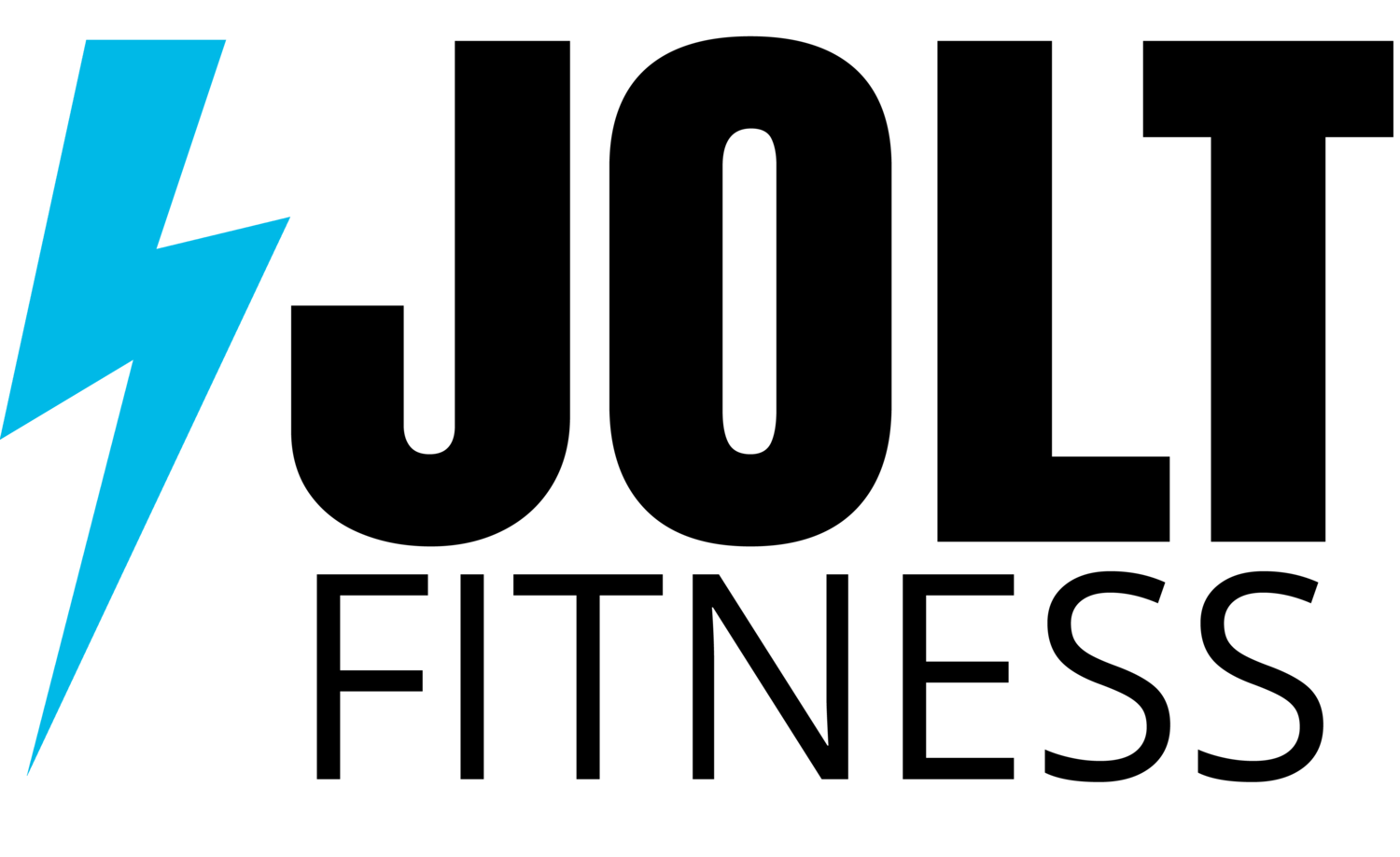The secret to busting Plateaus: Tempo training
Plateauing in strength and body composition is something we all encounter during training. As your body gets used to a specific routine, it becomes more efficient at those same exercises, which can lead to diminishing returns over time. In addition, as you become a more advanced lifter, progress becomes incrementally smaller (although still worth celebrating!). Several factors contribute to stagnation: insufficient nutrition, lack of progressive overload, inadequate recovery, or even a dip in motivation. Plus, situational variables like stress and changes in lifestyle can also affect your performance and results. To keep making progress, it’s crucial to revisit your workout plan regularly, mix in new movements, and ensure you’re fuelling your body effectively.
On the other hand…
Constantly changing your workout routine (like chasing the next Youtube or TikTok workout) can hinder your progress and lead to missed results. If you’re switching exercises too frequently, your body may not have enough time to adapt and build strength or endurance in specific areas. This inconsistency can prevent you from mastering the fundamental techniques and might increase your risk of injury. Without a structured plan, it can be tough to see how far you’ve come—making it essential to find that sweet spot between variation and consistency to achieve your fitness goals effectively.
"If you’re bored, you’re doing it right." - Coach Siggy
This is a mantra I often share about resistance training. A solid program will have you repeating basic fundamental movement patterns consistently. Simply put: pick heavy things up, put them down. It’s that easy!
Mastering those basic movements—like squatting, pushing, pulling, hinging, and bracing— is key to longevity and success in any training program. These fundamental movements are part of our daily lives and enhance your overall functional fitness while reducing the risk of injury. By adding slight variations—like different grips, stances, or tempos—you can challenge your muscles and prevent plateaus, all while sticking to the key techniques. This method not only fosters adaptability but also ensures a balanced development of strength and resilience, paving the way for sustainable progress.
What is Tempo Training?
Tempo training is an exciting way to amplify your strength, endurance, and muscle growth by manipulating the speed of your exercises. This method focuses on controlled movements through the concentric (lifting), eccentric (lowering), and isometric (pause) phases, which increases muscle tension and enhances time under tension. By adjusting your tempo, you can target specific muscle fibers and ramp up your overall performance. Incorporating tempo training into your routine can lead to significant improvements in form and technique.
You can spot an advanced lifter in the gym by their tempo. Those paying attention to the details often follow a base tempo of 3:1:3:1 (3 seconds for lowering, a 1-second pause, 3 seconds for contraction, and another 1-second pause). This deliberate tempo helps promote strength and control, while any variation from this can be adjusted for specific outcomes.
Understanding tempo is vital to getting the most out of your training. Each phase of your exercises can be broken down into four components: eccentric (lowering), isometric (pause), concentric (lifting), and a second isometric (pause).
For example, a 3-1-2-1 tempo squat would look like this:
Descent (3 seconds): Lower your body into the squat position over three seconds, focusing on keeping your chest up and knees tracking over your toes.
Pause (1 second): Hold at the bottom of the squat for one second. Engage your core and ensure your hips are at or below parallel.
Ascent (2 seconds): Rise from the squat position in two seconds, pushing through the floor and activating your glutes.
Pause (1 second): At the top, pause for one second before starting the next repetition.
Repeat the sequence for the desired number of reps. Incorporating a 3-1-2-1 tempo into your squat routine can seriously enhance strength, endurance, and muscle control.
Tempo training is a powerful method to break through strength and body composition plateaus. By focusing on the speed of different exercise phases—like eccentric (lowering), isometric (pause), and concentric (lifting)—you can create greater muscle tension and boost overall performance. More time under tension stimulates muscle growth and increases strength while honing better movement patterns and improving mind-muscle connection. Adding tempo variations to your routine can give your body the challenge it needs to evolve and achieve new fitness goals.
Embrace the journey, and remember: progress takes time, but we’re here to help you every step of the way at Jolt Fitness!

